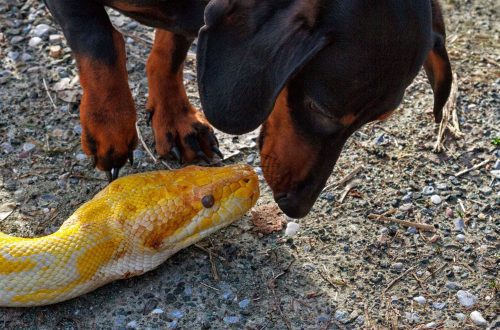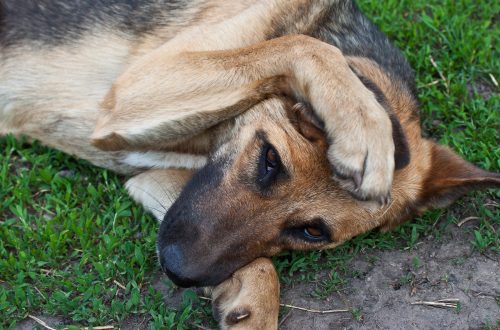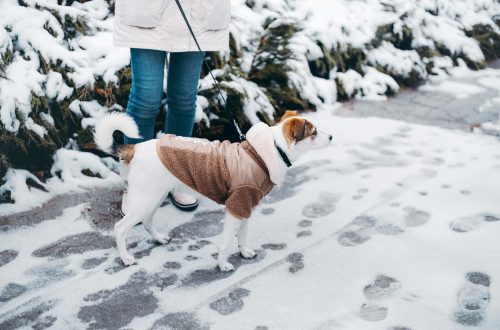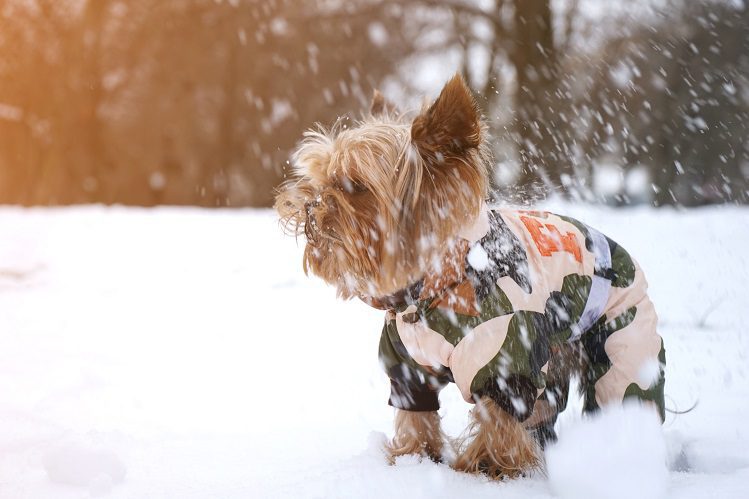
Frostbite in Dogs: Signs and How to Help
We will tell you how to recognize frostbite in dogs, how to properly provide first aid and what preventive measures will help to avoid such unpleasant situations.
Frostbite refers to tissue damage caused by exposure to low temperatures. When a pet is cold, the small blood vessels in its tissues constrict to prevent heat loss. It is important that this condition is temporary, and at the first opportunity the pet returns to a warm room.
The most dangerous time of the year in this regard is winter, but it is better to be on the alert from mid-autumn to the confident onset of spring. Temperatures from zero degrees and below are considered unsafe for a pet. Ten degrees of frost is already a good reason to think about reducing the duration of the walk. Many factors need to be taken into account. If it is +3 outside, it is raining and the wind is strong, a long walk can lead to hypothermia in dogs.
There are breeds that are resistant to cold. Siberian Husky, Samoyed Dog, Alaskan Malamute. They can also get cold, but these pets have a higher threshold for cold sensitivity than many of their relatives. It is worth considering the dimensions of the four-legged friend. The Yorkshire Terrier can also get cold in relatively warm April or October weather. Larger and well-fed dogs freeze less, they are saved by a good fat layer. The Russian Toy will begin to freeze faster than the Rottweiler.
Short-haired and hairless dogs are not as well protected from the cold as pets with dense long hair. We can say that in the cold it is more profitable to be a Tibetan mastiff, and not a Mexican hairless dog.
Puppies and older pets are at risk. Parts of the body that are far from the heart and not covered with a dense layer of wool are most susceptible to frostbite – paws, ears, genitals, mammary glands, stomach, tail.
If you live in a country house and are used to the fact that the pet lives in an aviary in the yard, prepare a place for him in the house in advance in case of a harsh winter. In cold weather, it is better to take care of the dog and move it to more comfortable conditions.

How to understand that the dog is cold? A mild degree of hypothermia is characterized by blanching of the pet’s skin, a grayish tint of the skin. When the pet returns to a warm room, the blood circulation process is restored, and the frozen areas turn red, subsequently the affected skin areas flake off, but in general the pet recovers quickly, after three days the dog is in perfect order.
In the middle stage of frostbite, the pet weakens and becomes drowsy, the pulse slows down, breathing is shallow, rare. The skin becomes bluish, tint, upon returning to a warm house, the dog does not allow you to touch the affected areas. This behavior is explained by a strong pain reaction.
If the affected tissues are not only bluish in color, and are covered with a crust of ice, then we are talking about a severe degree of frostbite.
This means that the blood circulation in the affected area is so weak that the temperature in it approaches the ambient temperature. The consequences of such severe frostbite range from blisters on the skin to tissue necrosis. The affected pet whines in pain and won’t let you touch the affected area.
If you notice signs of hypothermia in your dog, get your pet into a warm room as soon as possible. Be careful, if a dog on pure snow tightens its paws, steps from paw to paw, it means that it is already cold, it’s time to rush home. If the dimensions of the pet allow, carry it in your arms.
If there are no visible signs of frostbite, put the pet near the radiator, wrap it in a soft towel or blanket, let it drink warm water, feed it with warm, but not hot food. It will not be superfluous to measure body temperature rectally. Recall that normally it should be in the range from 37,5 to 39 degrees.
You can fill a plastic bottle with water at a temperature of just under 40 degrees and put such a bottle next to your pet (but not back to back!) As an additional source of moderate heat. If there is no significant tissue damage, you can wash your pet’s frozen paws yourself, the water temperature should be 25-30 degrees, the paws should be blotted dry with a soft towel.
In no case should you rub the frozen parts of the body. Damaged skin is covered with microcracks; when rubbing it, it can either be severely injured or cause an infection. Remember that the skin is already injured, thermoregulation in it is impaired, so exposure to hot water, a hair dryer, a heating pad, and any strong heat sources will only worsen the situation. In such a situation, it is very important not to harm.
When the pet is just a little cold, feed him and let him sleep. After sleep, examine your ward. If you have doubts about the condition of the tissues, it is better to immediately go to the veterinarian.
If the dog’s signs of frostbite are visible, take the pet to the veterinary clinic as soon as you can bring the dog’s body temperature back to normal. Take your pet to a veterinary appointment by car or taxi – since your four-legged friend has already suffered from frost, further exposure to cold should be minimized. Only a veterinarian can determine the severity of frostbite and prescribe effective treatment.
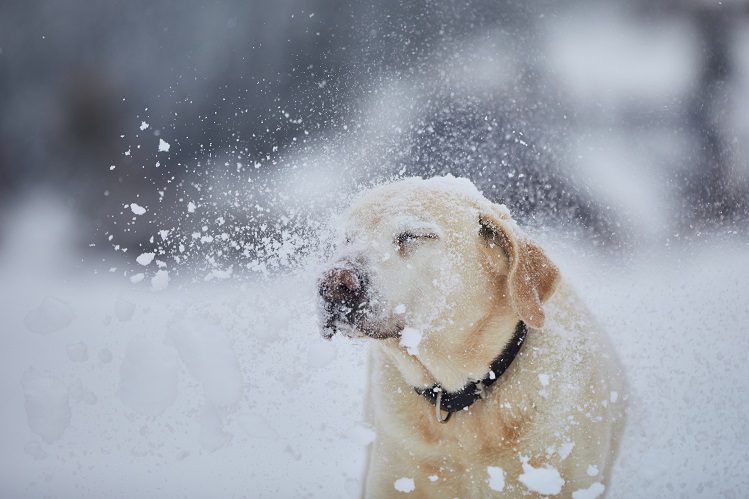
Prevention measures for frostbite are very simple. In frosts, pets should be walked in winter clothes and shoes. Or apply protective wax or cream to the paw pads before leaving the house. In this case, after walking, the paws must be washed from dirt and reagents.
If it’s -20 degrees outside, let your dog stay at home.
Or limit yourself to going out for a quarter of an hour. If you walk in the cold season with your pet, do not stand still. Walk fast, run, play. Make sure that the dog does not get his paws wet and does not wet the coat, as this increases the risk of the pet to freeze. Take your wet pet home to dry.
Take care of your four-legged friends and remember that no matter what happens, it is important to contact the veterinarian in time and help your ward. Health to you and your pets!
The article was written with the support of the Valta Zoobusiness Academy. Expert: Lyudmila Vashchenko — veterinarian, happy owner of Maine Coons, Sphynx and German Spitz.




